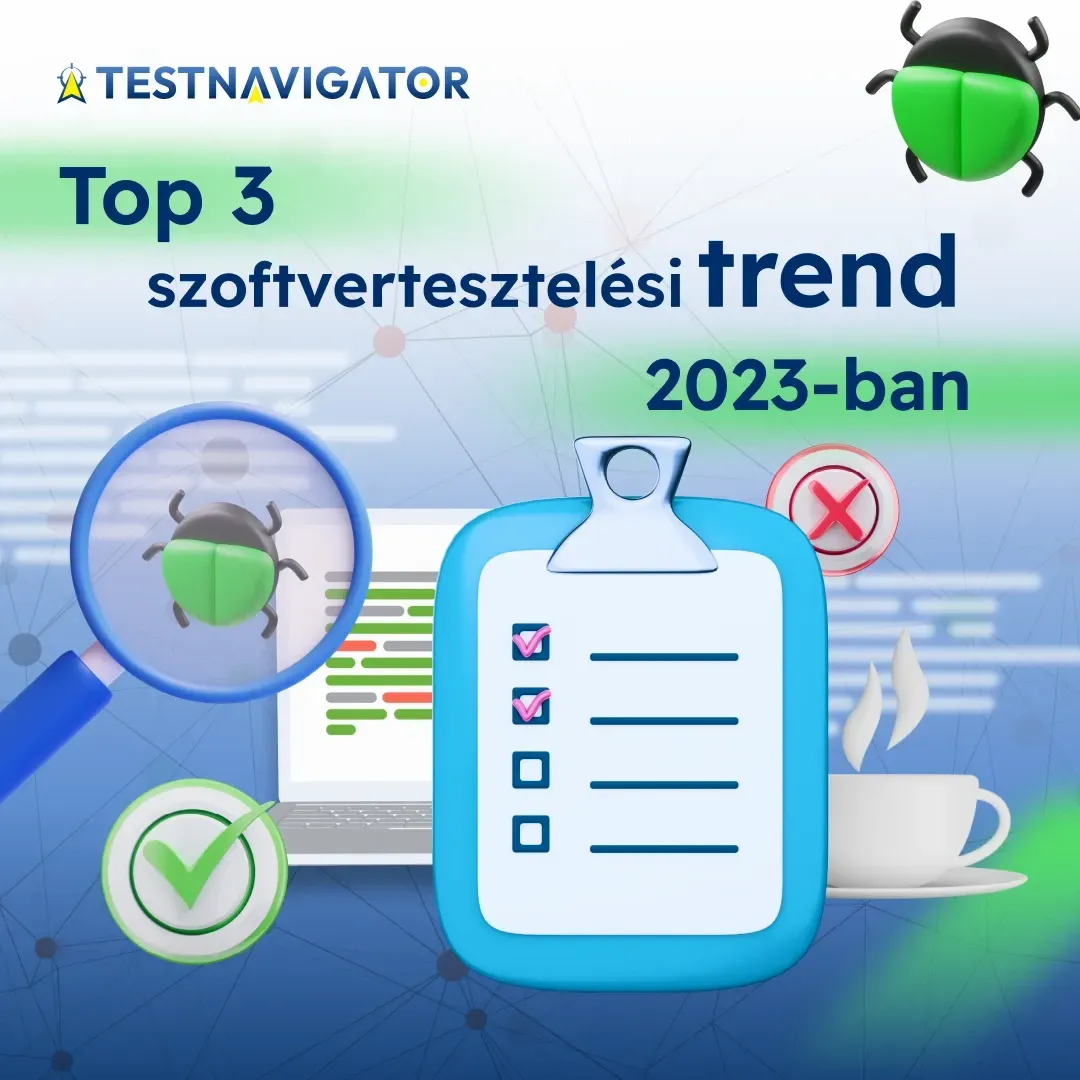
This year, several tools already available in the market for measuring test coverage offer no-code or low-code test automation solutions, helping the testing community while reducing concerns about tech stack compatibility.
As the testing industry expands daily with new principles and tools, testers must also continuously develop their skills to test products more robustly and in a more controlled manner.
Innovative Solutions in Testing
The 2022 testing trends were full of innovations in AI/ML and open-source tools, such as WebDriverIO, which released its latest version 8 with enhanced features like a new operations interface. Staying up to date with the latest testing trends is crucial, especially when planning a testing strategy. This post introduces the top 3 testing trends for 2023:
- Exploratory Testing
- Testing in Production with Live Data
- AI-Powered Test Automation
Exploratory Testing
As the market demands faster product delivery, testers don’t have time to write formal test cases, which would consume significant time in the workflow. Exploratory testing is the only type of testing that encourages testing from a different perspective and identifying unknown risks and defects.
In exploratory testing, learning about the product happens in parallel with defining and executing test cases. Since exploratory testing is done manually without test scripts, the tester has more control over the process and can evaluate the product from an end-user perspective.
Testing in Production – A New Software Testing Principle
We live in an era where customers want more complex features in the software products they use. Therefore, development teams are challenged to deliver software at an even faster pace to end-users. This also poses a challenge for testing teams, who must perform thorough testing in a shorter timeframe.
Testing and verifying quality features of an application after release in live environments—such as development, QA, or staging—uncovers more bugs before they reach the customer. However, testing in these environments requires significant time and effort, impacting the product release process. The TIP approach was created to mitigate this—a software development principle where newly developed products or features are deployed and tested in live user traffic. Testing in production is not new per se; tech giants like Netflix use this strategy to eliminate a greater number of bugs.
AI-Supported Test Automation
Artificial intelligence is one of the most trending topics in the testing industry this decade. With the advancement of AI tools like ChatGPT and existing tools like Applitools or Reportal.io, testers leverage these tools to simplify the testing process. AI tools will play a significant role in the IT industry, supporting faster testing and reducing errors.
One example of using AI is its capability to identify different testing techniques for a product. AI also aids in generating code templates for automation, optimizing code for visual testing, and analyzing test results.
Although neither the TIP principle nor AI-powered workflows are new to the tech sector in 2023, their broader application in testing roles is considered an innovative solution.